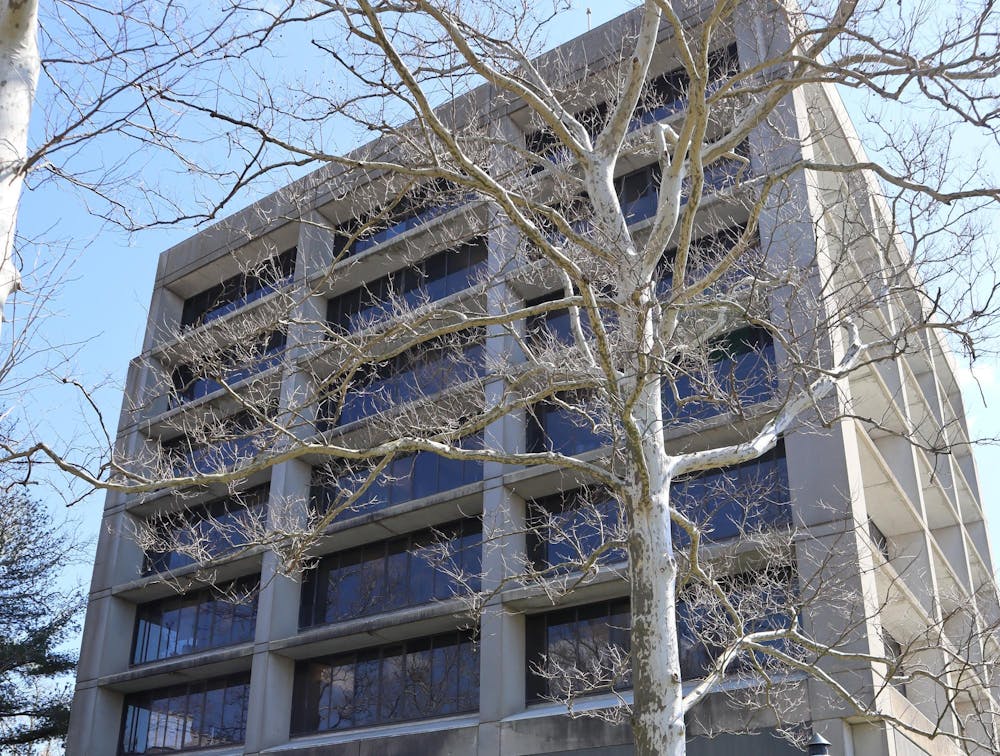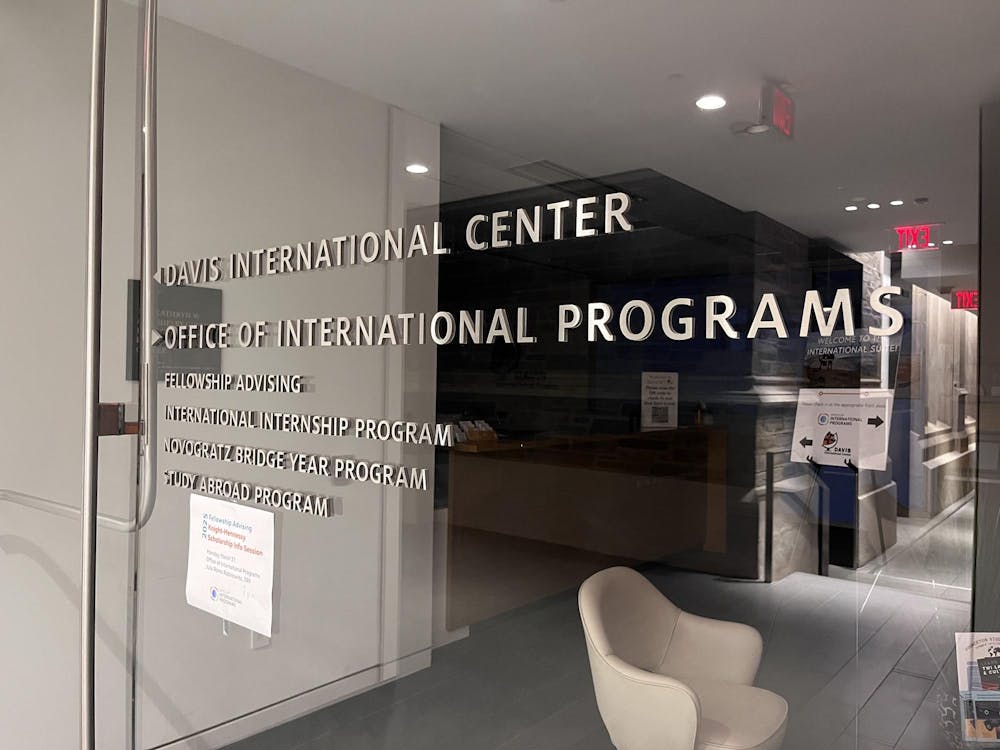Lea en español aquí.
The National Institutes of Health (NIH) will drastically slash the cap for overhead research costs on its grants starting Monday, a move that could significantly impact biomedical research at Princeton and universities beyond. This cap, which typically cover administrative and operational expenses, will now be set at 15 percent, significantly lower than the national average of nearly 30 percent. As of July 2024, Princeton’s indirect cost rate stood at 64 percent.
In response to the directive, the Dean for Research’s website on executive actions affecting Princeton’s research community issued a statement describing the 15 percent cap as “inadequate to cover these essential expenses.”
“If allowed to proceed, the cut would have serious consequences for the nation’s biomedical research enterprise, including consequences for Princeton,” the statement read, promising — as have several initial communications from the University about Trump administration executive actions — further updates in the coming days. These communications encourage faculty and staff to forward questions to GrantsQuestions[at]princeton.edu.
“The United States should have the best medical research in the world,” the announcement from the Office of the Director of the NIH read. “It is accordingly vital to ensure that as many funds as possible go towards direct scientific research costs rather than administrative overhead.”
According to the NIH, the change is expected to cut $4 billion in spending annually.
The directive, set to take effect on Monday, impacts both current and future grants and has raised concerns among Princeton scientists, particularly in light of the now-rescinded federal funding freeze.
“Federal funding is the lifeblood of scientific research,” Professor Joshua Akey, who runs the Akey Lab at the Lewis-Sigler Institute of Integrative Genomics, wrote in a statement to The Daily Princetonian. Akey explained that his laboratory is “highly dependent on federal funding,” with NIH grants covering the salaries of most researchers, including graduate students and postdoctoral fellows.

The overhead costs that the NIH is slated to slash cover salaries for administrative and expert staff, as well as costs for lab maintenance. Though a researcher’s salary is considered a direct cost, this portion of funding has also experienced disruption due to Trump’s now-rescinded freeze on federal science funding, among other government grants. “Without NIH grants, I cannot pay the salaries of people in my lab or for the experiments that they perform,” Akey wrote.
Between Oct. 1, 2023 and Sept. 30, 2024, Princeton was awarded over $58 million from the NIH. In 2024 alone, grants from the NIH led to efforts such as a Princeton-led group of scientists mapping the entire fruit fly’s brain, as well as the discovery of a combination of antibiotics that target harmful gut bacteria.
Hanna Ehrlich, a postdoctoral research associate in Princeton’s Global Health Program and member of the Princeton University Postdocs and Scholars-United Auto Workers (PUPS-UAW) union, told the ‘Prince’ that the NIH slash will have significant implications for postdocs.
“A lot of postdocs at Princeton and across the entire United States are funded either totally or at least partially through federal funding, normally NSF or NIH funding,” Ehrlich said. “Cuts to NIH funding directly impact our ability to do our jobs.”

“It certainly isn’t only a problem for postdocs at Princeton,” she added. “Universities are going to have to choose, and often won’t even have a choice, as to whether or not to accept federal funding anymore, if they can’t necessarily cover its cost or allow it in their budgets. That means less research, and, of course, less researchers, and that means fewer postdoc jobs.”
Ehrlich also explained that the announcement will have wider impacts that reach beyond the Princeton campus.
“It’s really an industry wide problem,” Ehrlich said. “It has the potential to disrupt the entire biomedical research structure across the whole country. And that impact will not only be felt by those actually doing the research, of course, but also the universities, towns, and neighborhoods where workers live. And then also all this life-saving research, like research on cancer, diabetes, et cetera, that we really rely on as a society.”
In the last couple of days, the Association of American Universities, the American Association of Medical Colleges, the Association of Public Land-Grant Universities, and the American Council on Education all released statements condemning the order.
Akey wrote, “If federal funding is substantially cut, the pace of scientific research will dramatically slow, students and young scientists will pursue other careers, the economic activity stimulated by scientific research will decrease, and we will cede our position as a global leader in science and technology.”
Sena Chang is a senior News writer for the ‘Prince.’ She typically covers campus and community activism, the state of higher education, and alumni news.
Luke Grippo is a staff News writer for the ‘Prince.’ He is from South Jersey and usually covers administrative issues, including USG, the CPUC, and institutional legacy, but loves to write in any area.
Please send corrections to corrections[at]dailyprincetonian.com.








